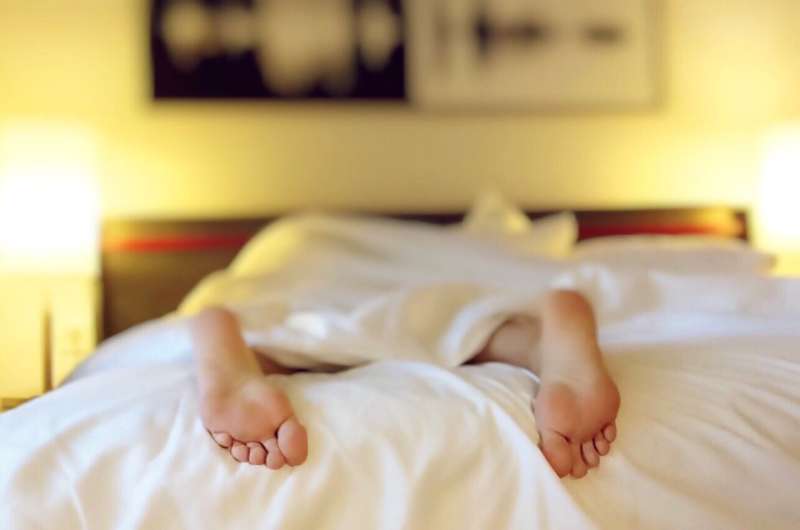Understanding Hypnic Jerks: Why Do You Experience Sudden Twitching While Falling Asleep?

Hypnic jerks are common involuntary muscle twitches that occur as you transition from wakefulness to sleep, often causing sudden jolts and sensations of falling. Learn about their causes and how to manage them.
Many people have experienced that startling moment when, just as they're about to fall asleep, their body suddenly jerks or convulses, waking them up abruptly. Sometimes, these involuntary muscle twitches are so intense that they startle both the sleeper and those nearby. This phenomenon, known as a hypnic jerk or sleep start, is quite common, with an estimated 70% of individuals experiencing it at some point in their lives.
Hypnic jerks usually occur during the transition from wakefulness to sleep and are often accompanied by the sensation of falling, tripping, or even a brief illusion of free fall. The exact cause remains uncertain, but sleep experts believe it results from the nervous system's natural winding down process. As muscles relax to facilitate sleep, the brain may misinterpret this relaxation as a sign of falling, prompting a quick, involuntary muscle contraction designed to prevent the fall—a reflex that manifests as a hypnic jerk.
Typically, hypnic jerks affect one side of the body and are painless. However, some individuals may experience tingling sensations or discomfort during episodes. For most, these twitches are harmless and not linked to any health problems. Nonetheless, when hypnic jerks occur frequently or disrupt sleep significantly, they can lead to anxiety about falling asleep, which may contribute to insomnia.
Research suggests that hypnic jerks can be more common among people with certain neurological conditions such as Parkinson’s disease. Early symptoms of Parkinson's may include hypnic jerks, but they are usually accompanied by other signs like changes in movement or REM sleep behavior disorder—acting out dreams. Certain medications, especially some antidepressants like SSRIs, may increase the frequency of hypnic jerks as a side effect. Substances containing caffeine or stimulants such as cocaine can also trigger these involuntary twitches.
Factors that influence the likelihood of experiencing hypnic jerks include lifestyle choices like sleep deprivation, stress, anxiety, excessive caffeine or nicotine intake, and engaging in strenuous exercise close to bedtime. Maintaining good sleep hygiene—such as managing stress, reducing stimulant consumption, and establishing a relaxing bedtime routine—can help minimize episodes.
While hypnic jerks are generally normal, understanding their triggers and ensuring healthy sleep habits are key to reducing their frequency and severity. If these involuntary movements become persistent or troublesome, consulting a healthcare professional is recommended.
Source: https://medicalxpress.com/news/2025-09-big-convulsive-twitch-dozing-experts.html
Stay Updated with Mia's Feed
Get the latest health & wellness insights delivered straight to your inbox.
Related Articles
Teen Lifestyle Choices and Their Impact on Long-Term Health
New research reveals widespread unhealthy habits among teenagers, including poor diet, excessive screen time, and low physical activity, raising concerns about long-term health risks and the need for systemic interventions.
Expert Pediatric Guidance on Safe Lawn Mower Use for Children
Learn essential safety tips from pediatric experts to keep children safe during lawn mower use and prevent household injuries with proper supervision, equipment, and precautions.
Connecting with Nature May Improve Management of Chronic Back Pain, New Study Finds
Spending time in natural settings can aid individuals with chronic lower back pain by providing distraction, relaxation, and social interaction, with innovations like virtual reality promoting accessibility.



